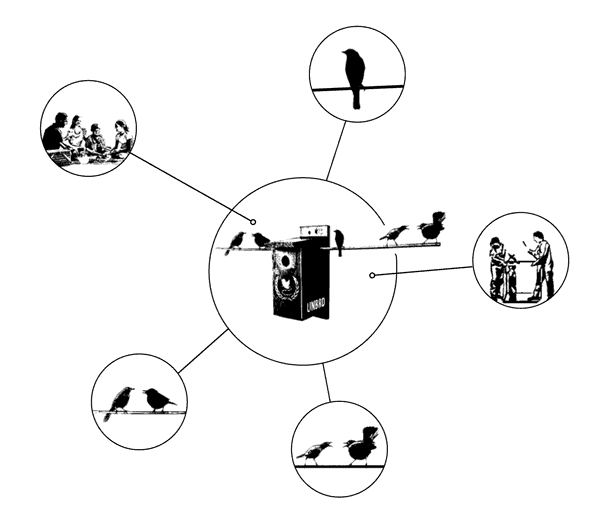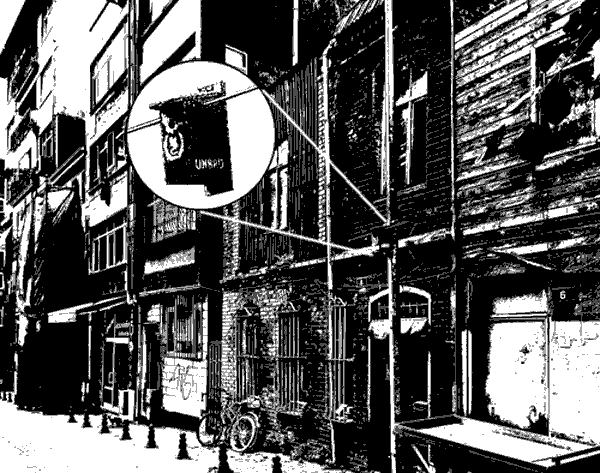 |
 |
| |
|
| |
UNBRD - United Nations Bird Refugee Dialogue
Civic Participation in Habitat Heritage Restoration and Refugee Dialogue
UNBRD is an agency of reconciliation which invites communities to imagine, discuss and manifest the restoration of hospitality of urban environment for birds, in order to recall a common and shared heritage of hospitality. UNBRD brings together people to build bird safehouses and restore habitat heritage and civic ecologies. The urban birds have an instrumental value for creating a multitude of eco-cultural memories. UNBRD provides tools and civic education for habitat heritage a set of birdhouses than would create a hub/ a meeting point for urban residents, free as birds.
|
| |
 |
| |
Earliest examples of birdhouses in Anatolia can be dated to 13th Century in Sivas Keykavus Healing house. Becoming almost an obsession during Ottoman Empire specially bred birds (Hunkar pigeon, oriental frill) had their places around the palace while public space was designed to welcome both migratory and non-migratory species with bird fountains and houses. Houses, feeding corners and water fountains have been considered mainly (but not only) for sparrows, pigeons, doves, goldfinches, swallows and even cranes at palaces, religious buildings (mosques, churches and synagogues), madrases, libraries, hans, hammams, bridges as well as residential buildings.
|
| |
 |
| |
As a part of everyday life, birds were kept for their beauty, as being reliable messengers, for Sultan and palace entertainment or special gifts to foreigners, they appeared in artistic expression, within poetry, miniatures or textile arts as a powerful tool of depiction of love and compassion, used in healing and healthcare, for their positive impact that was believed to bring well-being both spiritually (peace to mind) and physically (bird eggs being used at mosques for keeping spiders away). Birds would appear in written, drawn or woven as literal or metaphorical ways and have had their hospitals and foundations as well as the housing and feeding structures in the city.
|
| |
 |
| |
Maybe with reasons of long lost love of birds, an understanding of urban environment only prioritizing human needs and/or excuses of pollution created by birds, birdhouses rapidly erased from our built environment as from our memories. Apart from very few examples, it won't be wrong to say they got lost like our hospitality and understanding for one another. Now we see broken glass, or barbwires to prevent the birds from even sitting on the walls and we are hostile to everyone who is different than us.
As part of the resolution on Habitat Heritage from the Secretary General, UNBRD engages in;
-
Bird Empowerment
By civic education and local action, UNBRD helps develop eco-cultural self-awareness and cultivate the heritage of hospitality.
-
Community Action
By facilitating community action, UNBRD mobilizes citizens to restore habitat heritage and build bird safehouses.
-
Habitat Heritage
By unveiling conflicting ideologies and ideas, as well as historical dissensus, UNBRD paves the way for community reconciliation processes.
-
Migration Dialogues
By opening a safe space for dialogue, UNBRD provides a platform for gathering and conversations about the global condition.
-
Hospitality Picnics
By arranging hospitality picnics, UNBRD brings together communities to discuss strategies for habitat restoration and trainings in peace-building.
|
| |
 |
| |
Basic plan of Refugee Safe House (M1a): |
| |

|





